Morning songbirds represent one of nature’s most enchanting spectacles, yet their observation remains surprisingly underappreciated among both casual nature enthusiasts and dedicated birders. As we approach 2025, a growing movement of ornithologists and wildlife experts suggest that dawn bird-watching may emerge as the next big trend in natural observation. This fascinating intersection of timing and wildlife appreciation creates a unique opportunity for experiencing biodiversity in its most vibrant expression. The symphony of sounds, colors, and behaviors that unfold during the early morning hours offers insights into avian life that midday observations simply cannot match. Let’s explore why the perfect morning moments for observing songbirds might indeed become the most underrated wildlife experience of 2025.
The Science Behind Morning Bird Activity
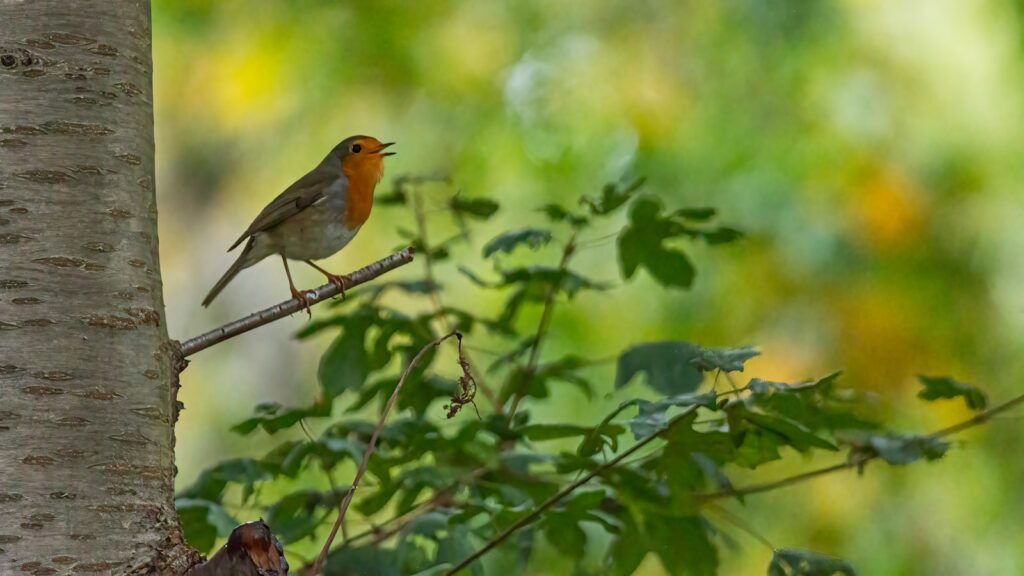
Birds demonstrate fascinating behavioral patterns tied directly to the early morning hours, a phenomenon known as the “dawn chorus.” This period of intense vocalization typically begins about 30-45 minutes before sunrise when birds use the quiet, still air to maximize the carrying distance of their songs. Scientific studies have shown that bird songs travel up to 20 times farther in the dawn hours than during midday, making this a critical communication window for establishing territory and attracting mates. Temperature inversions often present during dawn hours create acoustic channels that further amplify these sounds, effectively turning the early morning into nature’s perfect amphitheater. Researchers have documented that some species, like the American Robin, maintain strict order in the dawn chorus, with each species having evolved to occupy specific acoustic niches to avoid overlapping with others.
The Psychological Benefits of Dawn Bird-Watching
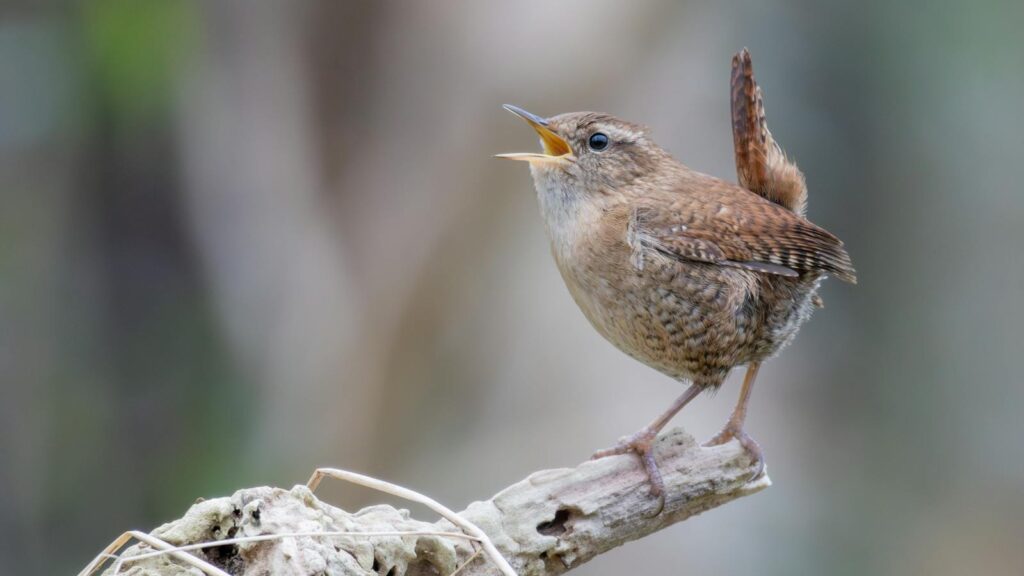
Early morning bird observation offers profound psychological benefits that extend far beyond mere hobby enjoyment. Multiple studies from environmental psychology departments have demonstrated that exposure to dawn nature sounds, particularly bird songs, can significantly reduce stress hormones like cortisol while increasing positive mood markers. The mindfulness required for quiet, patient observation during these hours creates a meditative state that many practitioners describe as more effective than traditional sitting meditation. This combination of sensory engagement and stillness represents a unique form of “active relaxation” rarely found in other activities. As mental health awareness grows in prominence, many health professionals have begun recommending scheduled morning bird-watching sessions as part of holistic wellness programs, positioning 2025 as a potential breakthrough year for this practice.
Technological Advancements Enhancing the Experience
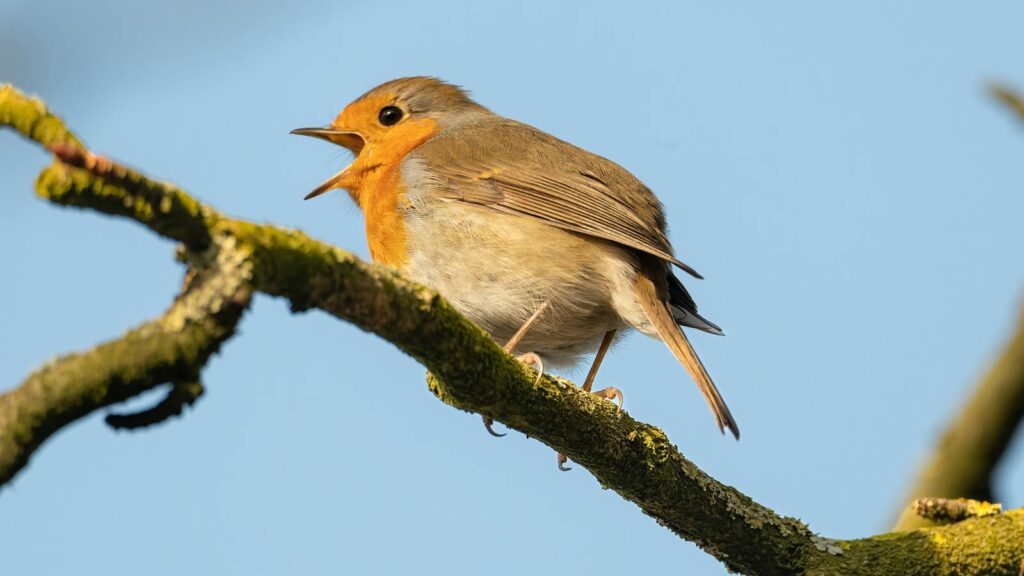
The bird-watching experience has been revolutionized by recent technological developments that make morning observation more accessible and rewarding than ever before. New generation thermal imaging binoculars allow enthusiasts to detect bird movement even in the dim pre-dawn light, extending the practical observation window significantly. Audio recognition apps have advanced to the point where they can identify birds by their songs with over 95% accuracy, making species identification possible for even novice observers. Specialized drone technology with near-silent operation has opened up canopy-level observation possibilities that were impossible just a few years ago. Additionally, advances in weather prediction algorithms now allow birders to predict optimal morning conditions up to two weeks in advance with remarkable precision, ensuring that dedicated early risers are rewarded for their efforts.
Seasonal Variations in Morning Bird Activity
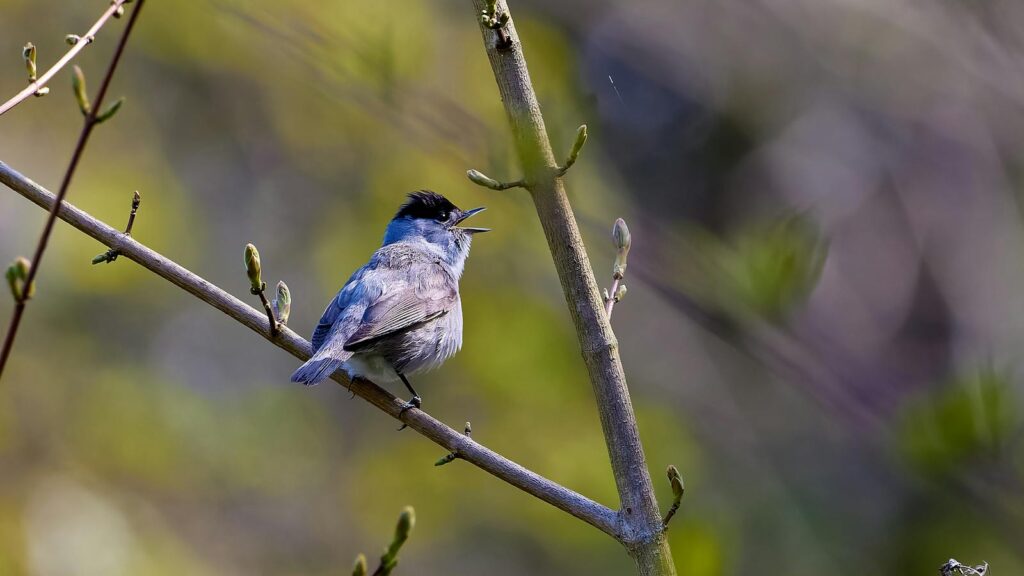
Morning bird activity displays fascinating seasonal patterns that create distinct observation opportunities throughout the year. Spring mornings represent the peak of vocal activity as male birds establish territories and attract mates, with some species beginning their dawn chorus as early as 4:00 AM in northern latitudes. Summer brings a focus on feeding behaviors as parent birds make frequent foraging trips during the cool morning hours to feed hungry nestlings. Fall mornings offer glimpses of migratory preparation, with birds often gathering in mixed-species flocks and feeding intensively before departure. Winter dawn observations, though less vocal, provide rare opportunities to witness survival strategies including group foraging and complex hierarchical interactions that are less evident during warmer seasons.
The Social Revolution of Morning Bird-Watching Groups
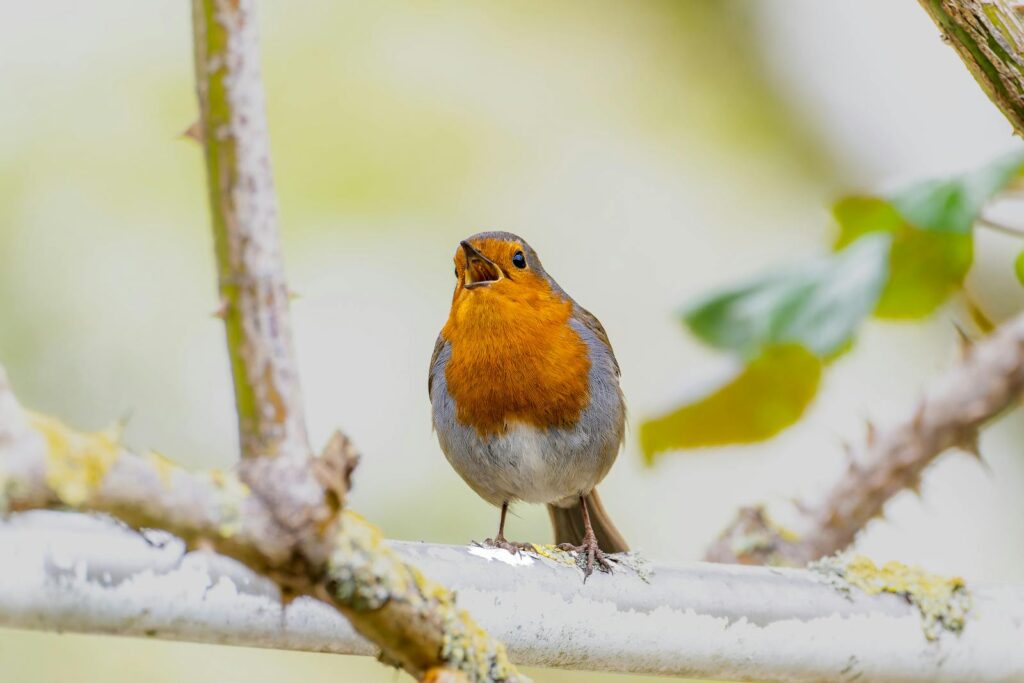
A remarkable social phenomenon has begun to emerge around dawn bird-watching, with dedicated groups forming in communities worldwide. These “Dawn Chorus Clubs” combine the shared experience of early morning observation with social connection, creating community bonds through nature appreciation. Many groups have established regular meeting schedules, often rotating through different habitat types to maximize species diversity throughout the year. Digital platforms have enabled these communities to share real-time information about rare sightings and optimal viewing conditions, creating a responsive network of observers. Beyond mere hobbyist gathering, these groups often engage in citizen science projects, collecting valuable data on bird populations and behaviors that contribute to important conservation efforts.
Habitat Selection for Optimal Morning Viewing

Selecting the right habitat dramatically influences the quality of morning bird-watching experiences, with certain environments offering distinct advantages. Edge habitats, where two ecosystem types meet, consistently provide the highest species diversity as they attract birds from multiple habitat preferences. Wetland environments typically offer exceptional morning viewing as many aquatic and semi-aquatic species are most active during dawn hours when water surfaces remain calm. Mature forests with diverse vegetation layers create vertical stratification of bird activity, allowing observers to witness different species utilizing various canopy heights simultaneously. Urban parks with established tree coverage surprisingly rank among the most productive morning observation sites, as they often serve as island habitats within developed areas, concentrating bird activity in accessible locations.
Equipment Essentials for Dawn Observation

Morning bird-watching requires specialized equipment considerations to maximize the experience in low-light conditions. Binoculars with larger objective lenses (42mm or greater) gather significantly more light than standard models, making them essential for the dim illumination of dawn hours. Waterproof clothing becomes crucial as morning dew can quickly soak standard fabrics, potentially cutting observation sessions short due to discomfort. Thermal containers for warm beverages help maintain comfort during extended stationary observation periods when body temperatures naturally drop. Sound recording equipment with directional microphones offers the ability to capture and later analyze bird songs that might be difficult to identify in the moment, adding a scientific dimension to recreational observation.
Conservation Implications of Morning Bird Studies
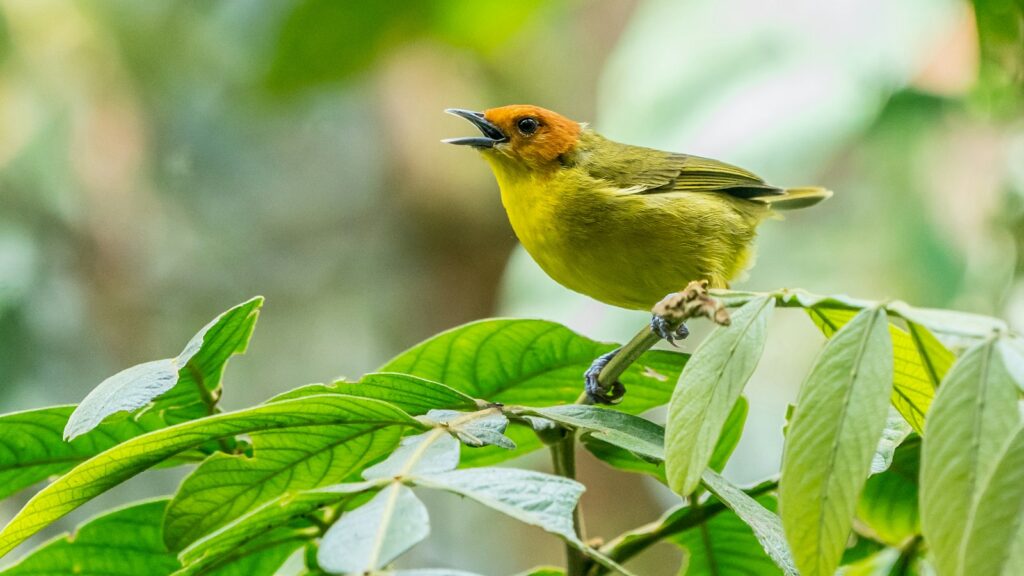
Morning bird observation contributes substantially to conservation science, providing data that would otherwise be difficult to obtain. Dawn chorus recordings create acoustic baselines that allow researchers to track population changes over time with remarkable sensitivity, often detecting declines before they become visible through other methods. Understanding territory establishment rituals, which primarily occur during morning hours, helps conservation planners determine minimum habitat requirements for threatened species. Early morning feeding patterns reveal critical food resource dependencies that inform habitat restoration efforts. Additionally, morning migration observations have proven essential for identifying previously unknown stopover sites that require protection along migratory routes.
The Underappreciated Beauty of Common Morning Birds
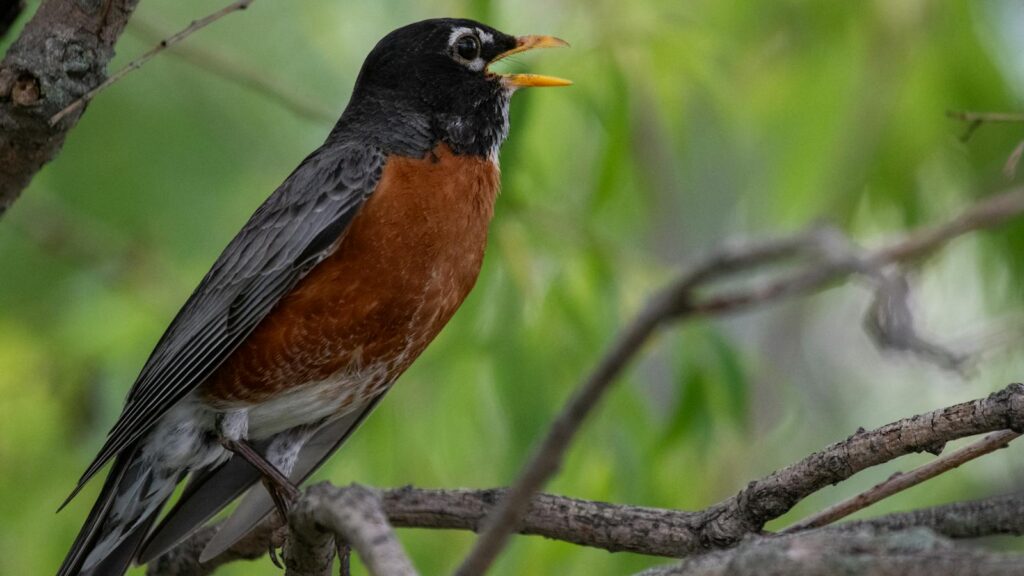
Common backyard species often display their most extraordinary behaviors during morning hours, revealing complexity that goes unnoticed during casual daytime observation. The American Robin, for example, employs up to 20 distinct song variations during dawn choruses, demonstrating musical complexity rivaling that of more celebrated songbirds. Northern Cardinals engage in elaborate duetting behaviors exclusively during morning hours, with mated pairs creating synchronized songs that strengthen pair bonds. Even the ubiquitous House Sparrow participates in complex social “awakening ceremonies” as flocks transition from night roosting to daily activities. These frequently overlooked morning rituals transform familiar species into subjects of fascination when observed during their most active and expressive periods.
Challenges and Solutions for Morning Bird-Watching

Morning bird-watching presents distinct challenges that require specific strategies to overcome. The physical difficulty of early rising represents the primary barrier for many potential enthusiasts, though gradual schedule adjustments and preparation of equipment the night before can significantly reduce this obstacle. Weather variability creates uncertainty that can be mitigated through consulting specialized birding forecast applications that predict not just conditions but likely bird activity levels. Sleep disruption concerns can be addressed through afternoon power naps that compensate for earlier wake times without disrupting evening sleep cycles. Transportation logistics also present challenges, with many prime locations being difficult to access in pre-dawn darkness, a problem increasingly solved through organized carpooling networks within birding communities.
Cultural Significance Across Different Societies
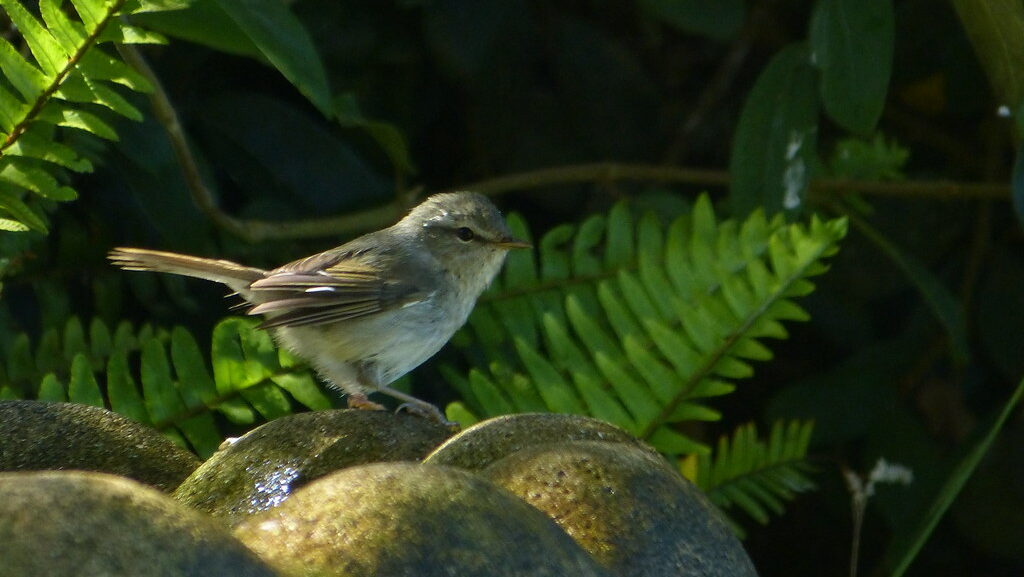
Morning bird observation holds profound cultural significance across diverse human societies, often intertwined with spiritual and artistic traditions. Japanese culture has long celebrated the uguisu (Japanese bush warbler) as a harbinger of spring, with its morning songs inspiring centuries of poetry and cultural references. Native American traditions across numerous tribes incorporate dawn bird songs into sunrise ceremonies, recognizing them as essential messengers between the spiritual and physical worlds. European classical music contains numerous compositions inspired by morning bird choruses, most famously Respighi’s “The Birds” and Beethoven’s Pastoral Symphony. These cultural connections provide rich context for modern observation practices, connecting contemporary bird-watchers to traditions that span centuries and continents.
Predictions for Morning Bird-Watching in 2025

Ornithological experts anticipate several significant developments that will elevate morning bird-watching to unprecedented popularity in 2025. Advances in artificial intelligence are expected to produce the first real-time bird song translation applications, allowing observers to understand the specific messages being communicated during dawn choruses. Climate change monitoring initiatives will likely incorporate widespread volunteer morning observation networks to track shifting migration patterns and breeding behaviors. Specialized eco-tourism packages centered specifically around dawn chorus experiences are projected to emerge as a distinct travel category, creating economic incentives for habitat preservation. Additionally, education systems in multiple countries have begun incorporating morning bird observation into science curricula, potentially creating a new generation of enthusiasts who view dawn bird-watching as an essential connection to the natural world.
Conclusion

The morning hours offer a privileged window into the most vibrant expressions of bird behavior, from complex vocalizations to essential life activities. As we look toward 2025, the convergence of technological advancements, growing scientific understanding, and increasing appreciation for natural mindfulness experiences positions morning bird-watching to emerge from relative obscurity into mainstream awareness. This underrated practice offers far more than mere wildlife observation – it represents a multifaceted experience that combines sensory delight, scientific discovery, community connection, and personal wellbeing. For those willing to rise before the sun, the rewards are extraordinary: a front-row seat to nature’s most magnificent daily performance, one that has played continuously since birds first evolved their songs. Perhaps the true underrated bird of 2025 isn’t a particular species at all, but rather the magical morning moments when all birds reveal their most authentic selves.
